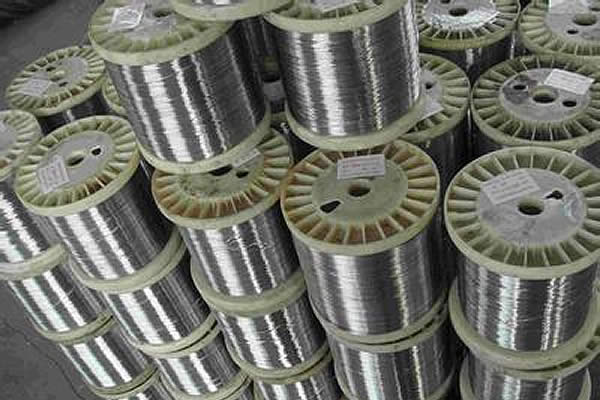 TEL:
+86-13102802206
TEL:
+86-13102802206
 Email:
fencenetting@china.com
Email:
fencenetting@china.com
 Language
Language
 TEL:
+86-13102802206
TEL:
+86-13102802206
 Email:
fencenetting@china.com
Email:
fencenetting@china.com
 Language
Language


Welding Cast Iron with Flux-Cored Wire A Comprehensive Guide
Welding cast iron can be a daunting task for many welders due to the material's unique properties. Cast iron is known for its brittleness, low ductility, and susceptibility to cracking, making it essential to choose the right welding techniques and materials. One effective method for welding cast iron is using flux-cored wire, which offers several benefits over traditional welding rods or methods. In this article, we will delve into the intricacies of welding cast iron with flux-cored wire, highlighting the advantages, techniques, and tips for success.
Understanding Cast Iron
Cast iron is an iron-carbon alloy rich in carbon content, which gives it excellent castability and wear resistance. However, this high carbon content also contributes to its brittle nature. When welded improperly, cast iron can easily crack, warp, or form undesirable microstructures, leading to weak joints. Therefore, it’s crucial to approach welding cast iron with care, proper preparation, and the right equipment.
Advantages of Using Flux-Cored Wire
Flux-cored welding (FCAW) involves the use of a tubular wire filled with flux, which protects the weld pool from contamination by the atmosphere. Here are some advantages of using flux-cored wire for welding cast iron
1. Improved Penetration Flux-cored wire generally produces a higher heat input and deeper penetration compared to other welding methods, which is crucial for joining cast iron effectively.
2. Less Pre-Heating Required Unlike traditional welding techniques that often require extensive pre-heating of the base metal, flux-cored welding can often be performed with minimal pre-heat, reducing the risk of warping and other heat-related issues.
3. Increased Speed Flux-cored welding allows for faster work, which can be beneficial in production environments. The continuous feed of wire means less time spent replacing rods and a more efficient welding process.
4. Versatility Flux-cored wire can be used on various types of cast iron, including gray iron, ductile iron, and white iron, making it a versatile choice for welders.
Preparing for the Weld
Preparation is key to successful welding, especially with cast iron. Follow these steps to ensure a strong weld

2. Check for Cracks Inspect the cast iron for any pre-existing cracks. If present, they should be prepped using a grinding wheel to create a “V” groove, which can help to absorb the heat better and allow the weld to bond more effectively.
3. Pre-heat if Necessary Depending on the thickness of the cast iron and the specific flux-cored wire used, some pre-heating may still be beneficial. A general guideline is to maintain a temperature of around 300°F (150°C) but always refer to the wire manufacturer's guidelines.
Welding Technique
When welding cast iron with flux-cored wire
1. Select the Right Wire Ensure you are using a flux-cored wire specifically designed for welding cast iron. Specialty wires typically contain elements that alleviate cracking.
2. Set the Correct Parameters Adjust the welder settings—voltage, amperage, and travel speed—to suit the thickness of the material and the specific flux-cored wire.
3. Maintain a Steady Travel Speed A consistent speed prevents overheating the area and helps control the weld pool, reducing the risk of distortion.
4. Use a Circular Motion Employ a circular or weaving motion while welding to create a wider weld bead, which can help distribute stress more evenly and reduce the risk of cracking.
Post-Welding Considerations
Once the welding is completed, it is essential to allow the joint to cool slowly. Rapid cooling can lead to thermal shock and cracking. If necessary, a post-weld heat treatment can help relieve stress and reduce the risk of deformities.
Conclusion
Welding cast iron with flux-cored wire presents unique challenges but can yield excellent results when done correctly. By understanding the characteristics of cast iron, properly preparing the weld area, and employing the appropriate welding techniques, welders can achieve strong, durable joints. With practice and attention to detail, the technique of flux-cored welding can become a valuable addition to any welder’s skill set, enabling them to tackle a variety of cast iron projects with confidence.